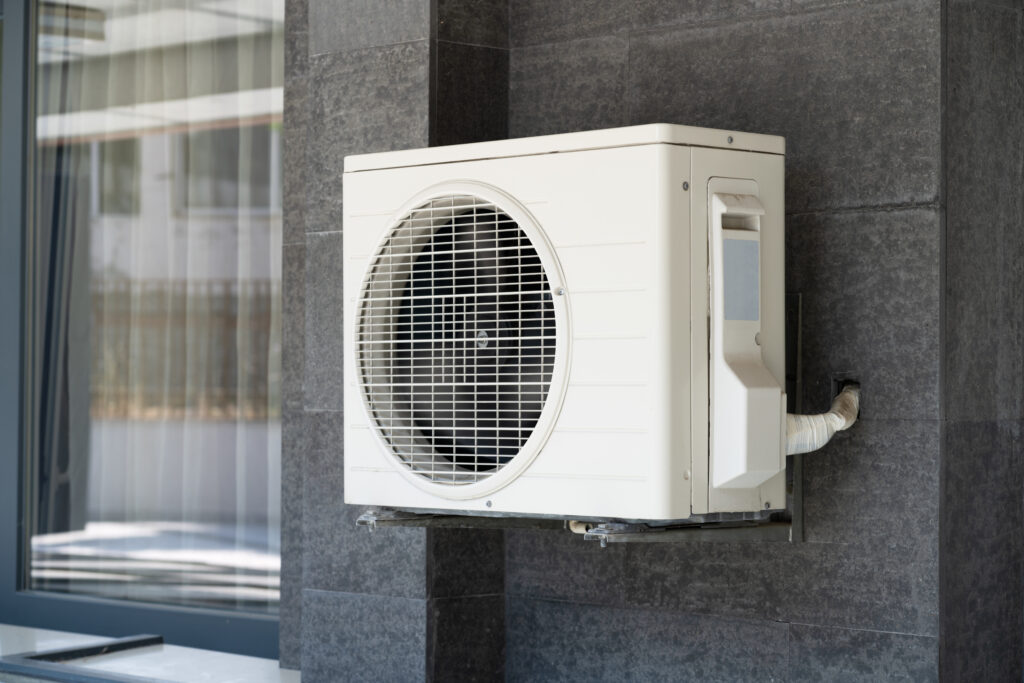A heat pump utilizes electricity to heat and cool a house. It does not create heat but transfers heat from one place to another. In winter, it extracts heat from outside and moves it inside a building; in summer, it removes heat from indoors and transfers it outside.
A Basic Overview of How Heat Pumps Function
A heat pump works using the same principles that your air conditioner or refrigerator uses. Both of these devices cool a space using refrigerant. What makes your air conditioner and a heat pump different is that a heat pump is equipped with a reversing valve. This allows the heat pump to work as both an air conditioner and a heater for your home. When the heat pump is in heat mode, it just works like an air conditioner in reverse.
Basic Steps of Heat Pump Function
The heat pump functions through several basic steps. It pulls heat from the air or a ground source, and the extracted heat is blown or pumped over a heat exchange surface in the exterior part of the heat pump.
The absorbed heat causes the circulating refrigerant to heat up, leading to its evaporation into a gas. This gas is then sent to a compressor, where it undergoes pressurization, resulting in a rise in temperature.
The heated gas is subsequently pushed over the internal heat exchange surface and blown into the home to provide heating during winter. As the heat is transferred into the home, the gas inside the coils decreases in temperature, returning to a liquid state, and the cycle repeats continuously.
The same cycle occurs in reverse when the heat pump is used for cooling. Heat energy is transferred outside, which cools the indoor temperature.
Understanding the Basic Components of a Heat Pump
Although deceptively simple-looking, heat pumps are complicated pieces of machinery and consist of various smaller components that play crucial roles in their functioning. Let’s explore some key components.
Main Body
The outdoor unit houses essential heat pump components responsible for extracting heat from or releasing it to the outdoor environment. Resembling an air conditioner, it contains refrigerant coils, fans, a compressor, and a collection of valves and pipes. Regular servicing and maintenance are necessary to keep the outdoor unit and its components in optimal condition.
Evaporator Coil
The evaporator coil serves as the entry point for the refrigerant in liquid form. It absorbs heat from the air or a ground heat source, causing the refrigerant to evaporate into a gas. This key component facilitates the conversion of refrigerant from a liquid to a gas.
Compressor
After the refrigerant in the evaporator coil transforms into a gas, it travels to the compressor. The compressor compresses the gas, turning it from a low-temperature vapor to a high-temperature gas.
Condenser Coil
The condenser coil collects or releases heat based on which mode the heat pump is in. The refrigerant enters the condenser coil as a vapor and exits as a liquid.
Fans
Fans are crucial for the heat pump, forcing air through the unit to facilitate heat extraction. Air source heat pumps may have multiple fans to enhance airflow, improving efficiency.
Expansion Valve
The expansion valve regulates the temperature and pressure of the high-pressure refrigerant liquid from the condenser. This prepares the refrigerant for the next phase of the heat pump process.
Distribution System
In forced-air HVAC systems, ductwork distributes hot or cold air throughout the house. Heat pumps can also work with radiant heating and cooling systems.
Exploring Different Types of Heat Pumps
Several types of heat pumps exist, the most popular being air and ground sources. You can also pair a heat pump with a gas furnace to create a hybrid system.
Air Source Heat Pumps
Relatively inexpensive to install, these heat pumps are commonly used in residential settings. They extract heat from the outdoor air and transfer it inside the home. While they work best in moderate climates, newer models have been designed to function adequately even in frigid temperatures.
Water Source Heat Pumps
Water-sourced heat pumps pull heat energy or disperse it in water to heat or cool a home. This option is only practical for homeowners who have a pond or other water body on their property.
Ground Source Heat Pumps
Ground-sourced heat pumps take advantage of constant underground temperatures. They are more efficient than the air-sourced variety because they do not have to contend with fluctuations in outdoor temperatures. However, installation is more expensive due to the need for excavation and underground piping.
Duel Fuel Systems
In regions with extremely frigid winters, some homeowners install a furnace in conjunction with a heat pump. These are called dual-fuel systems because the heat pump operates on electricity while the furnace burns gas or oil.
How Do Heat Pumps Work in Cold Weather?
If properly installed, modern air-source heat pumps can keep a home warm even when it’s cold outside and use less energy than fossil fuel heating systems. Even when outdoor temperatures approach freezing, there is still latent heat in the air that a heat pump can extract to make a house comfortable. Manufacturers have included defrosting systems and variable-speed motors to make modern heat pumps more efficient.
The exception is for homeowners who live in places where the temperature regularly drops below 20 degrees. At this extreme, a heat pump becomes inefficient and may not provide enough heat to keep the residence cozy. In this case, they may add a furnace to handle the heating workload during the winter. However, they reap the benefits of their more efficient heat pump during the spring, summer, and fall.
Reasons to Consider a Heat Pump
Traditional HVAC systems, such as air conditioners and furnaces, have an expected lifespan of 15 to 20 years. Heat pumps have the same life expectancy. However, they provide double duty, meaning you only have to buy and maintain one heating and cooling system.
Heat pumps are as efficient as the best air conditioners when cooling. When heating a home, however, they are two to three times more efficient than gas or oil furnaces in most places. Even though they are more expensive to purchase upfront, their efficiency means your overall energy bills will be lower. In addition, they are so efficient that homeowners qualify for tax breaks when installing a heat pump in many areas.
Quality HVAC Services in the Magic Valley Area
At [company_name], we are proud to provide a variety of plumbing, HVAC, and electrical services. Our team of highly skilled technicians is committed to helping you improve your Twin Falls home’s efficiency and comfort.
We offer various services, including HVAC installation, maintenance, and repair. Our expertise extends to installing heat pumps and air cleaning and filtration systems. Additionally, we provide services in general plumbing, bathroom and kitchen remodeling, and the installation of tankless water heaters. Contact [company_name] today to discover why our services are highly trusted.


